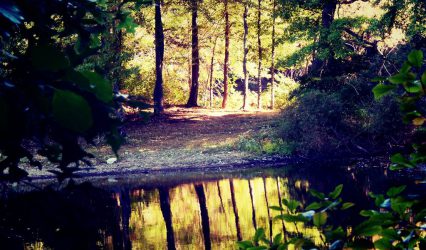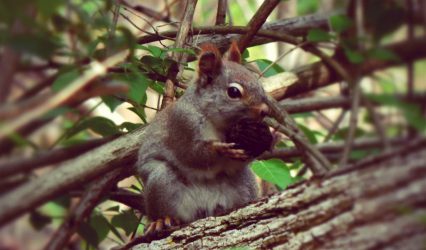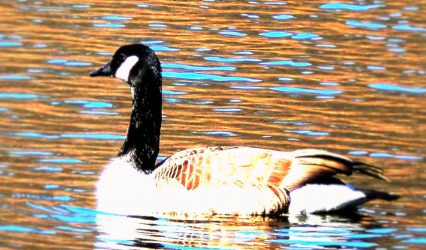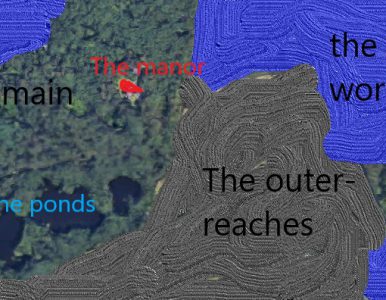There are 40 of them + some on the Why? page. Each is followed by an Analysis section and 2 suggestions for Possible discussions. They form a good introduction to philosophy for all ages.
You will find wild ideas there if you are a student in philosophy or theory of knowledge, if you teach an introduction to philosophy at any level, if you are part of a philo-café or if, quite simply, you are curious about the world of thoughts.
The other dialogues between the eagles and the child are on the Why? page. They form a separate set but they also allow discussions.
To read what the owl says, it’s on the Aphorisms page. She only speaks at night and only to her companion; each of her aphorisms are complex enough to allow multiple interpretations.
Map of the domain

The 14 speakers of the existential dialogues + the owl, the eagles and the child

Around the ponds:
- Baruch the heron (often on the shores of the small pond).
- Irinas the dead leaves (on the medium pond).
- Emmanuelles the turtles (often on the shore of the medium pond).
- Davina the goose (often on the big pond).
Somewhere else in the domain:
- Luce the squirrel (everywhere).
- Socrates the stick (everywhere).
- Gottfried the bird (often next to the ponds).
- Simones the green berries (on the heights)
- Emilies the blue berries (on the heights, then at Socrates’).
- Peter the hawk (often next to the rest of the world).
- Friedrich the owl (everywhere, but she never participated in any dialogues; she only speaks with aphorisms)
In the outer reaches:
- Aurelius the angel (when he is sleeping).
- Jacques Adam and René Georg the eagles (sometimes)
- Bertie the child (when the eagles are there).
Beyond the outer reaches:
- Niccolò the snake.
- Charmide and Mickael the deer.
Reading options
You’ll have 3 choices to read these existential dialogues once they are all published:
- read them in chronological order to follow the story from the beginning. Start by Existential Dialogue 1 then follow the arrows.
- read them randomly as each dialogue stands by itself (see List of dialogues once you have opened a dialogue).
- read them by choosing the characters talking, or the themes discussed (see below).
Lastly, don’t forget the pages Aphorisms and Why? to read what the owl, the eagles and the child say.




